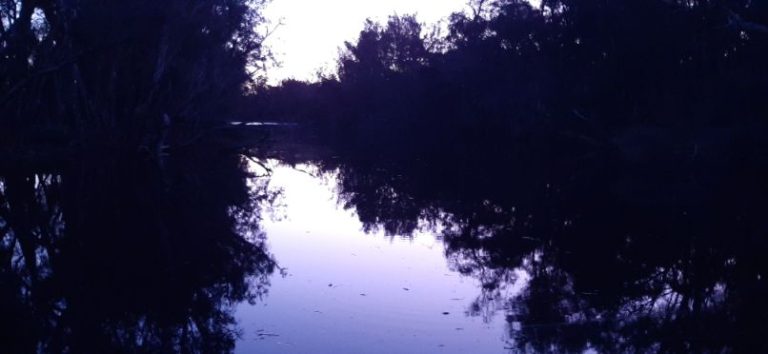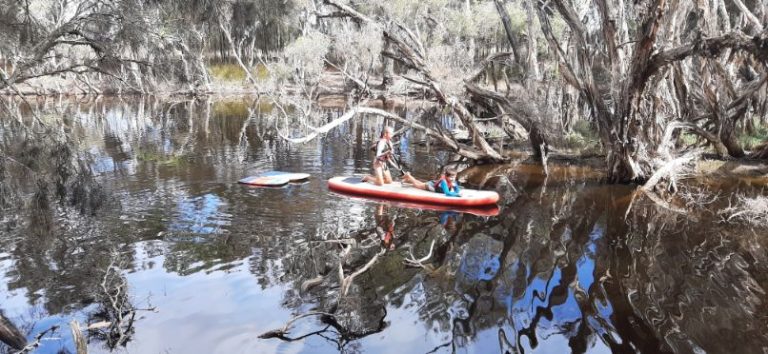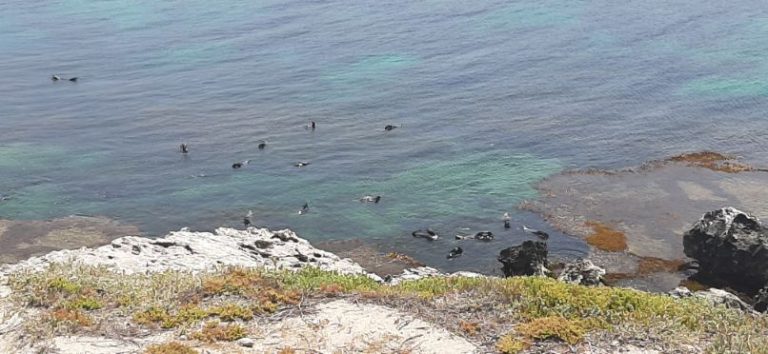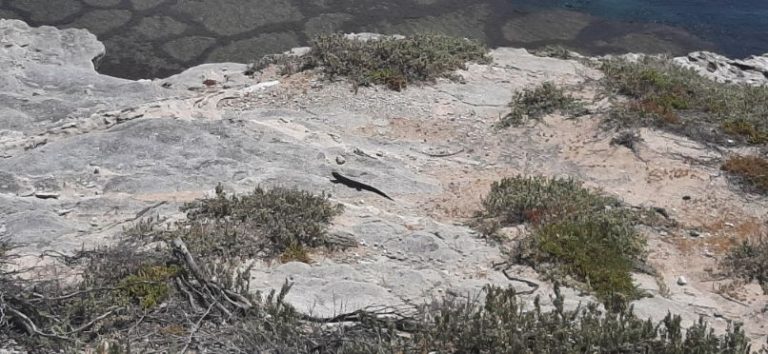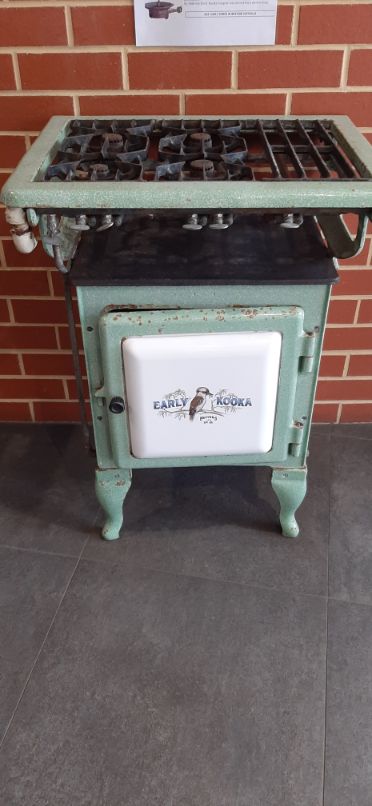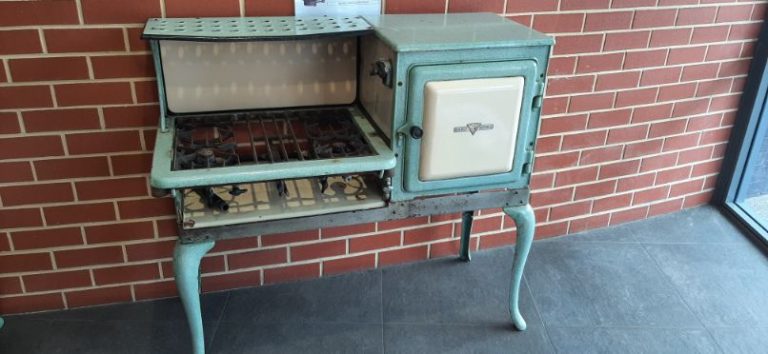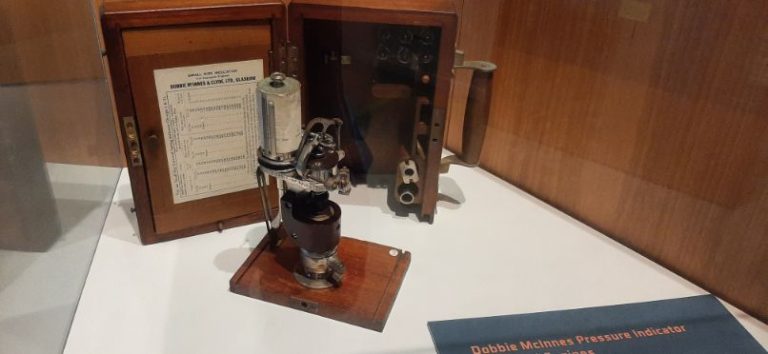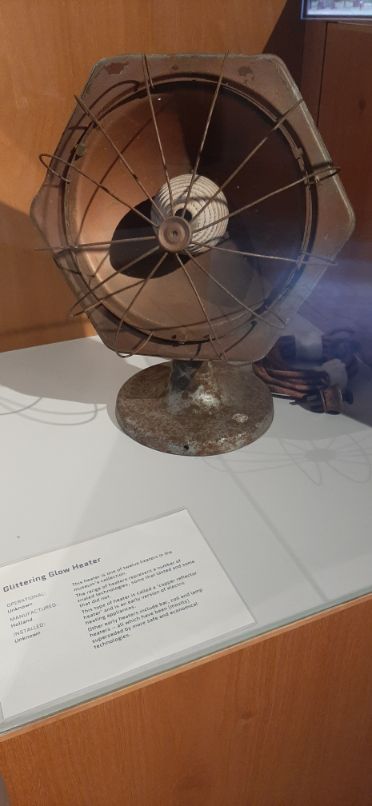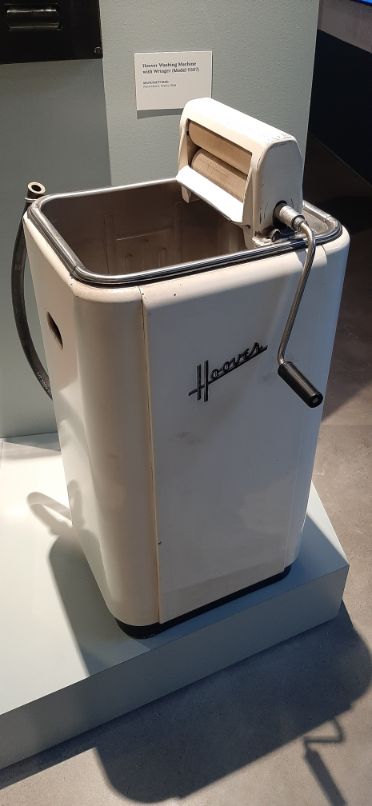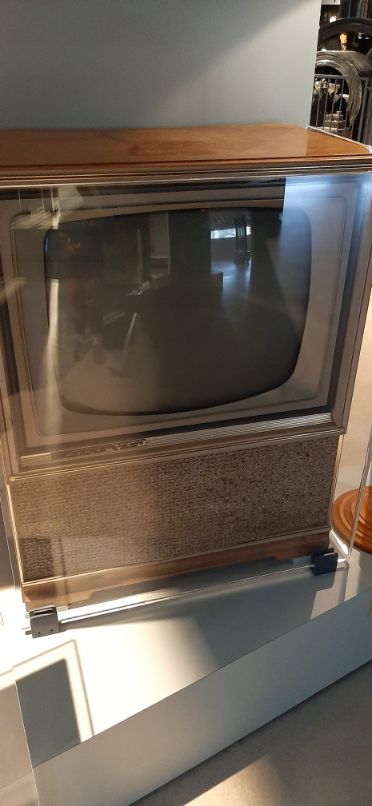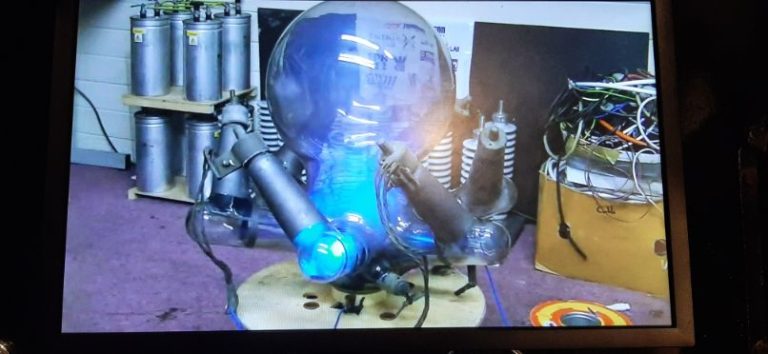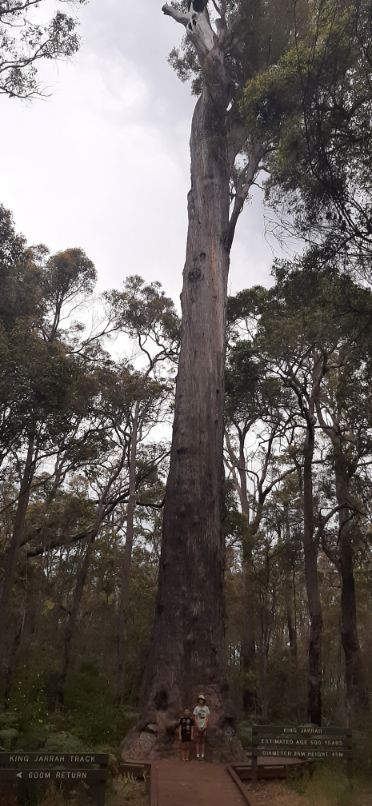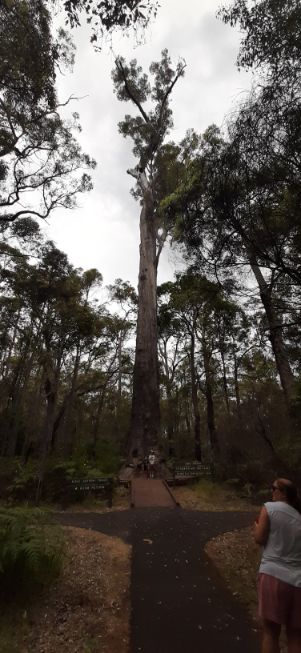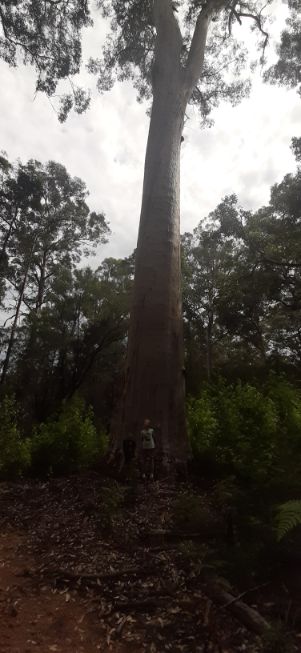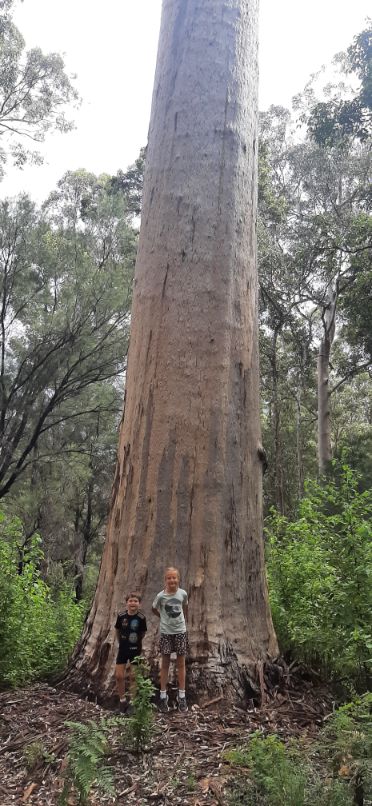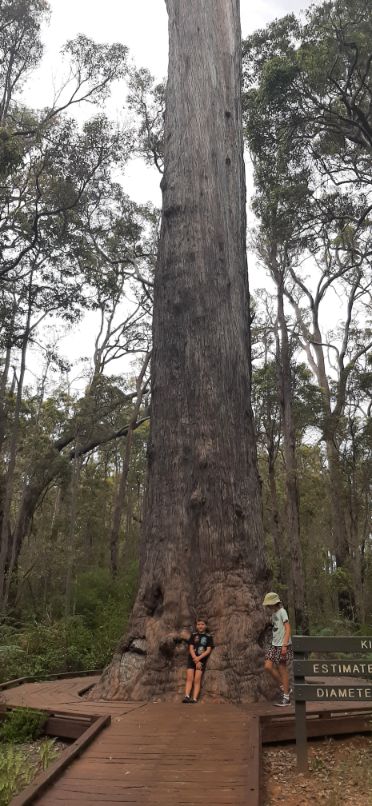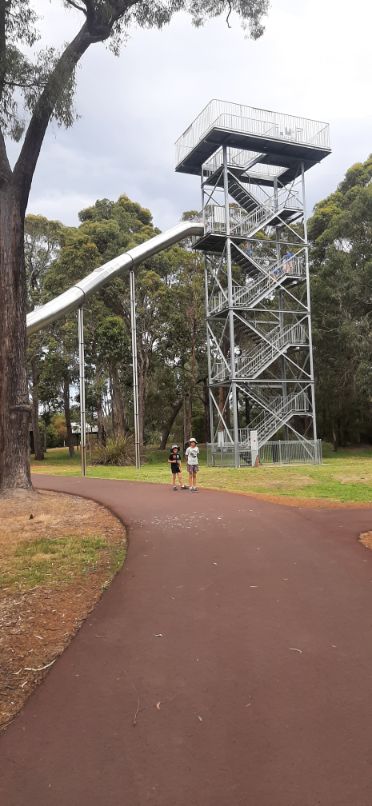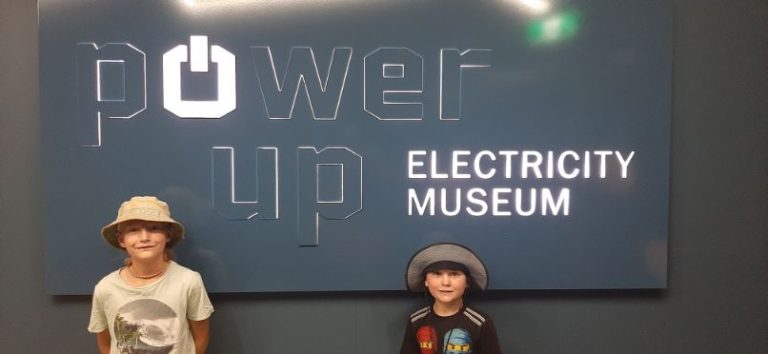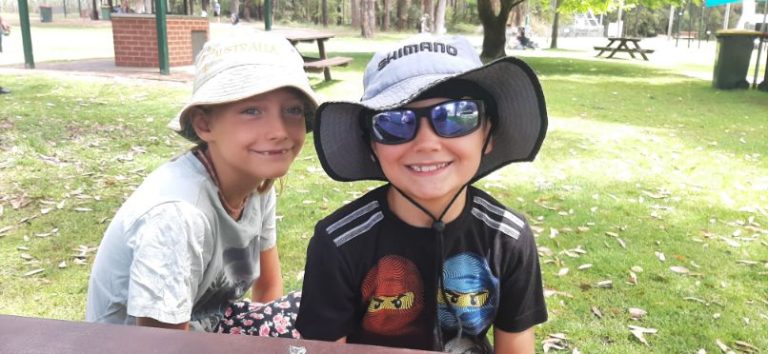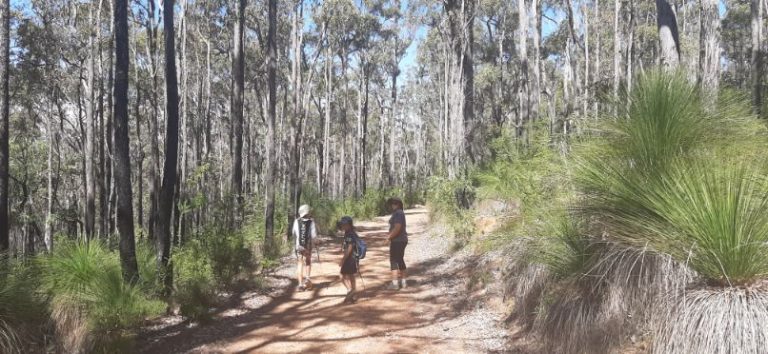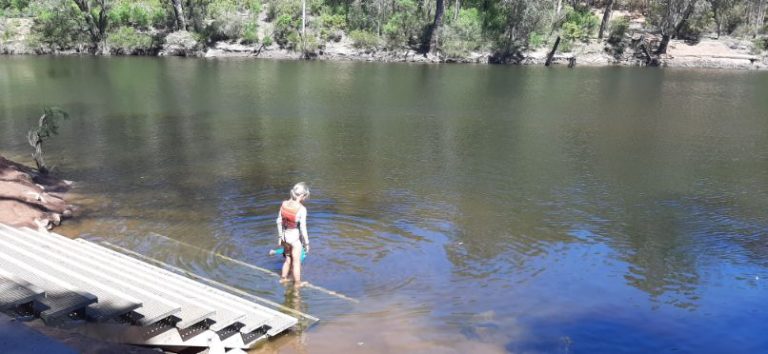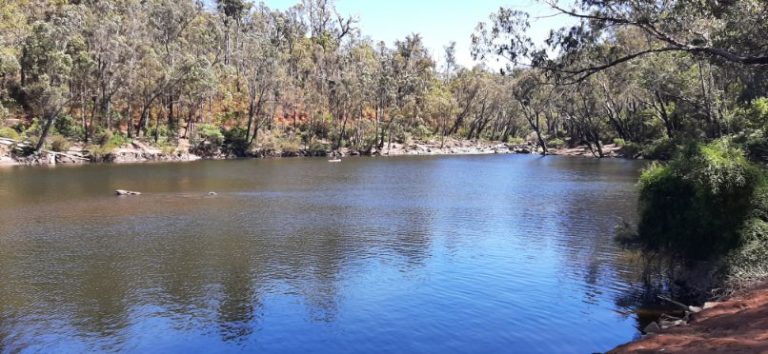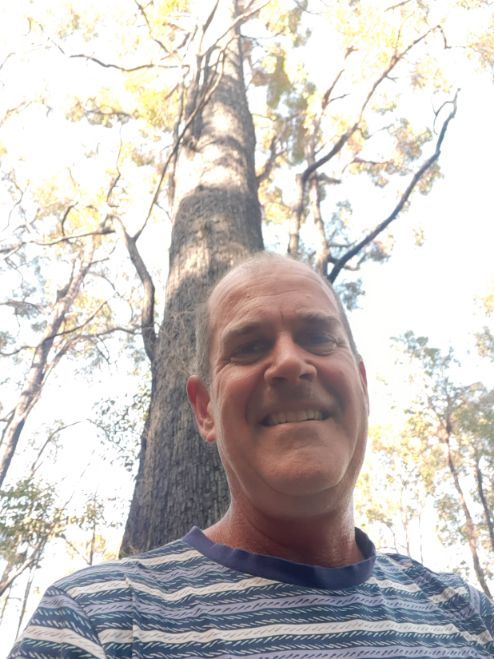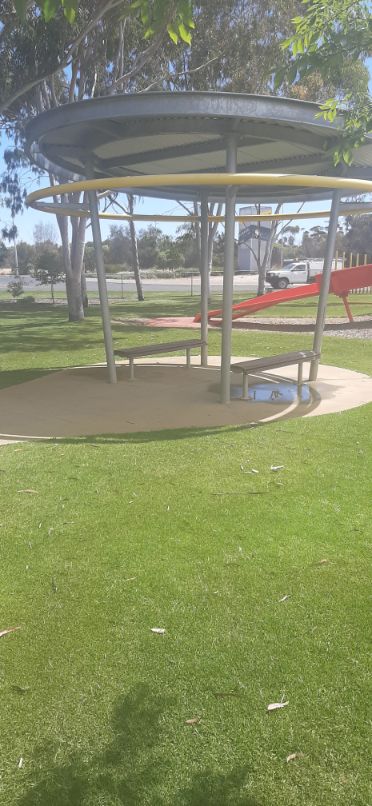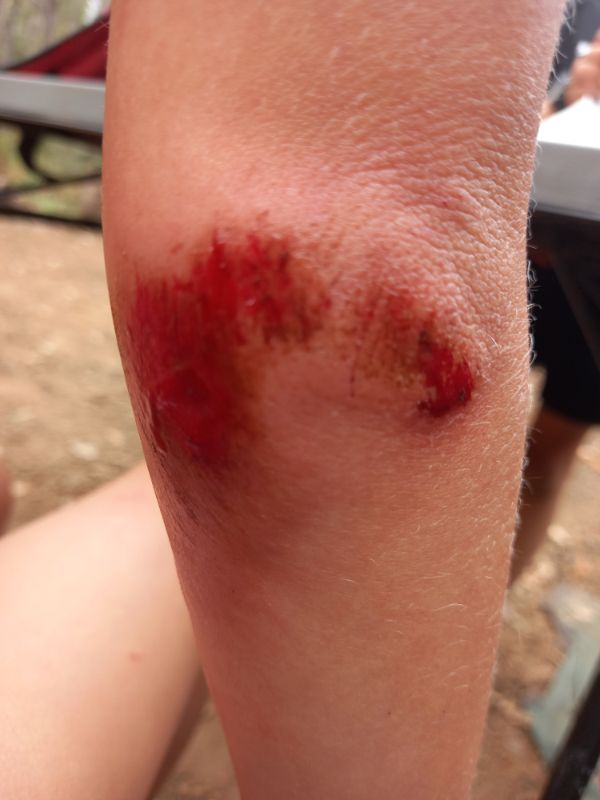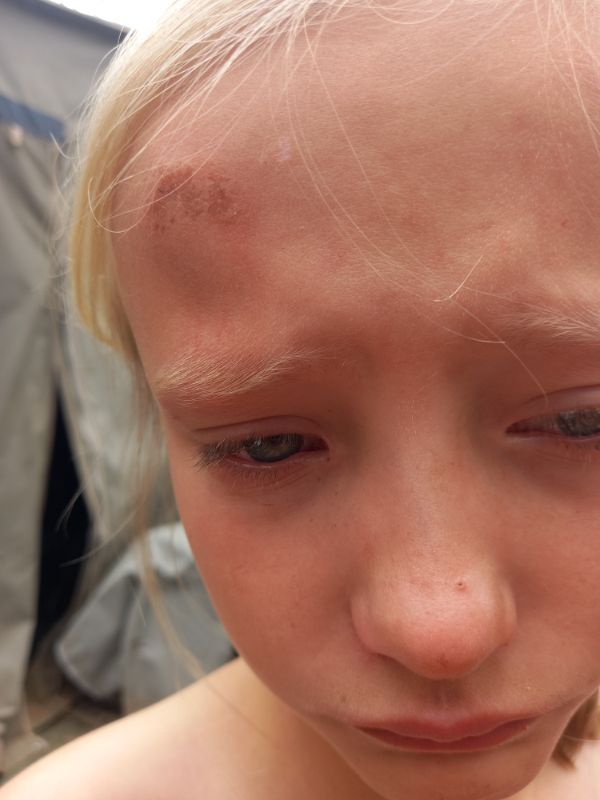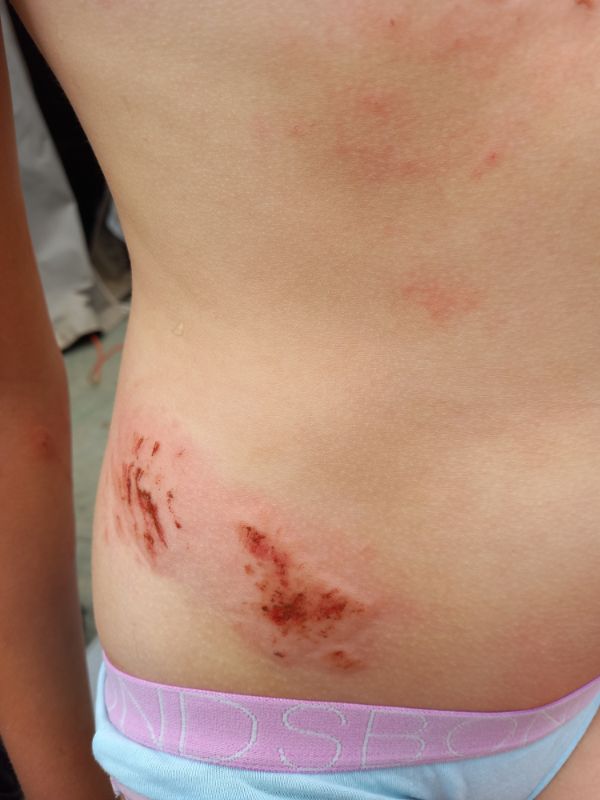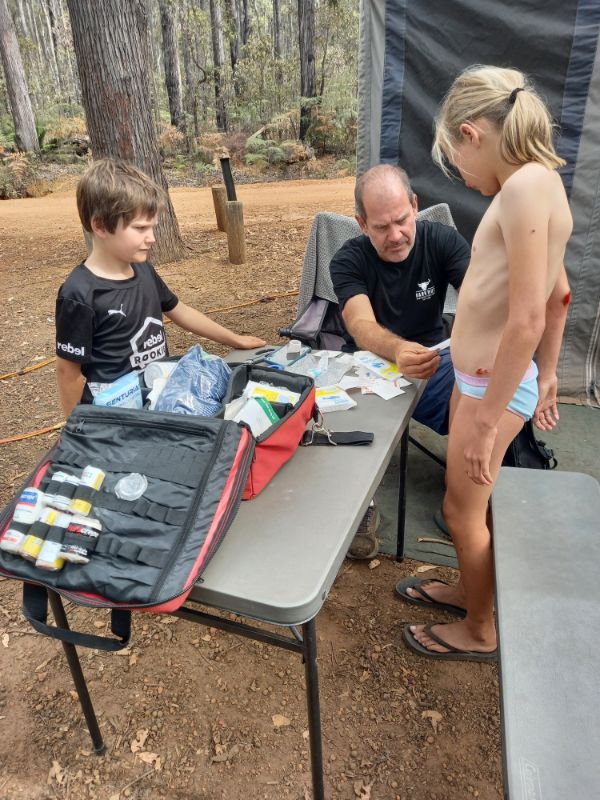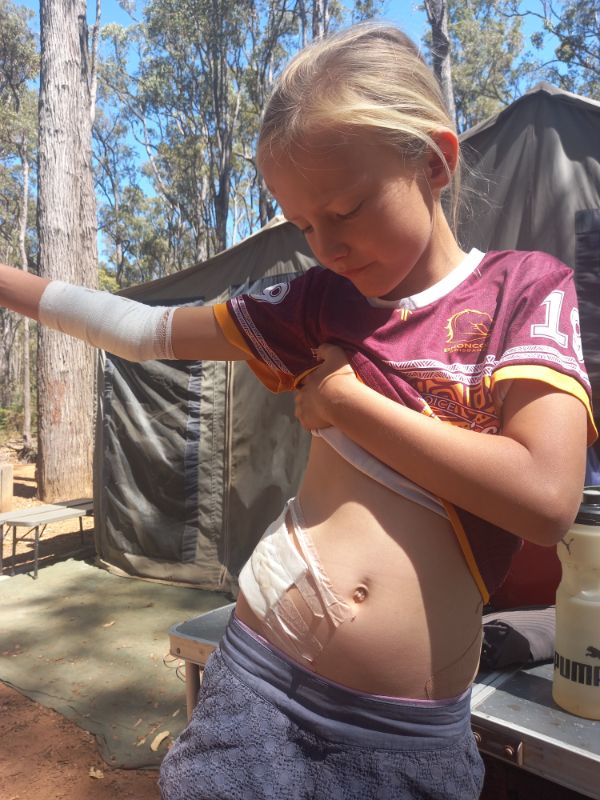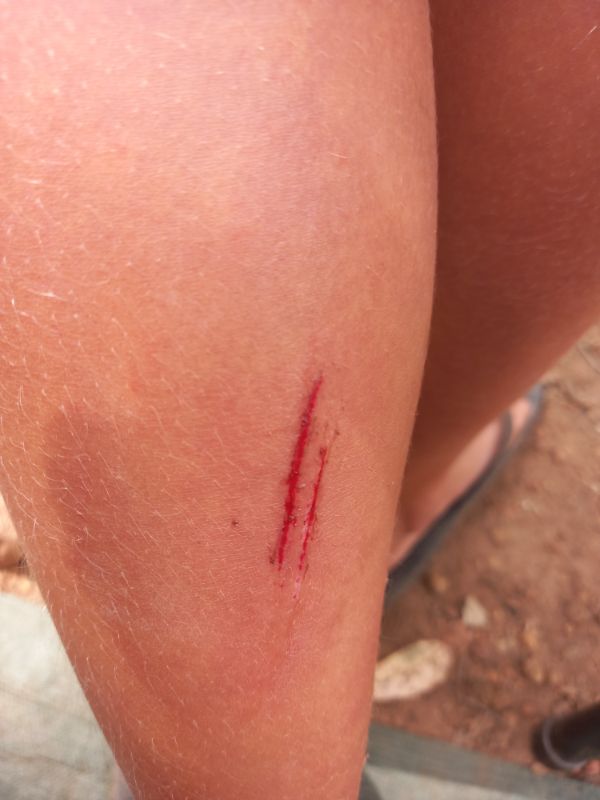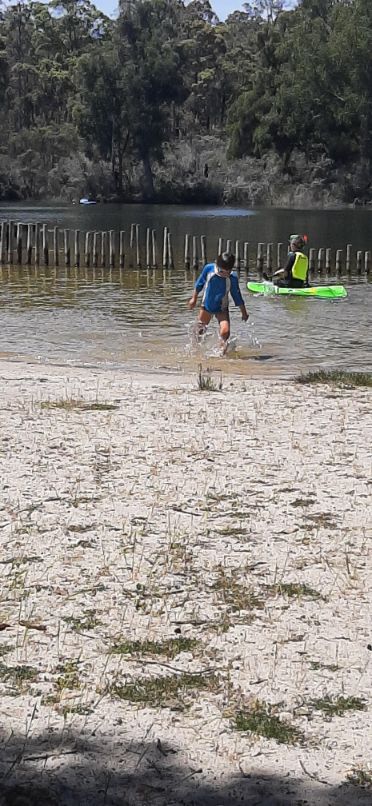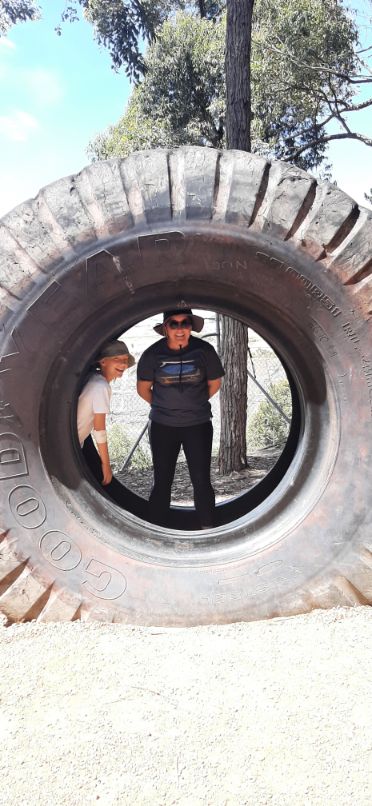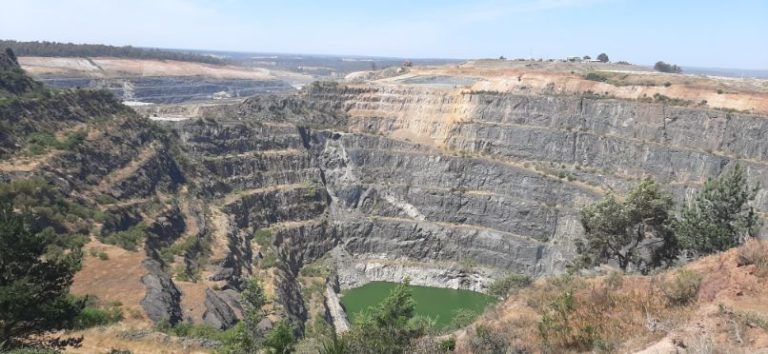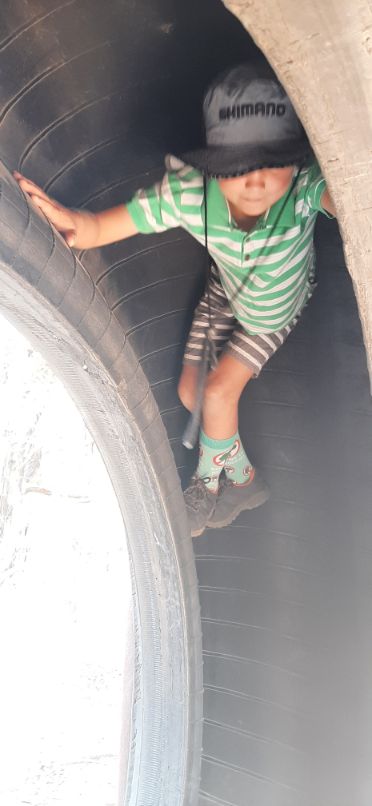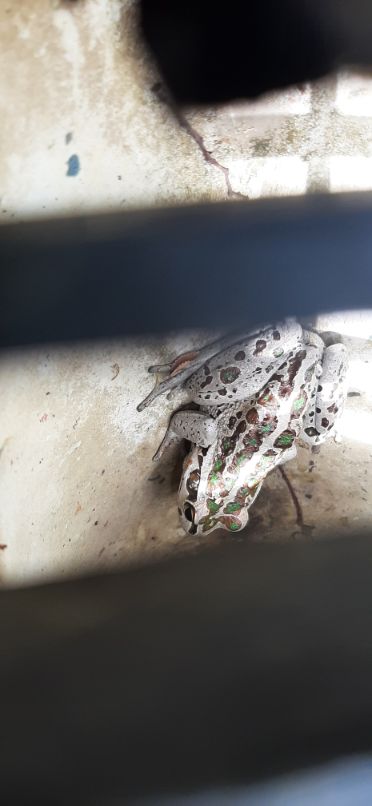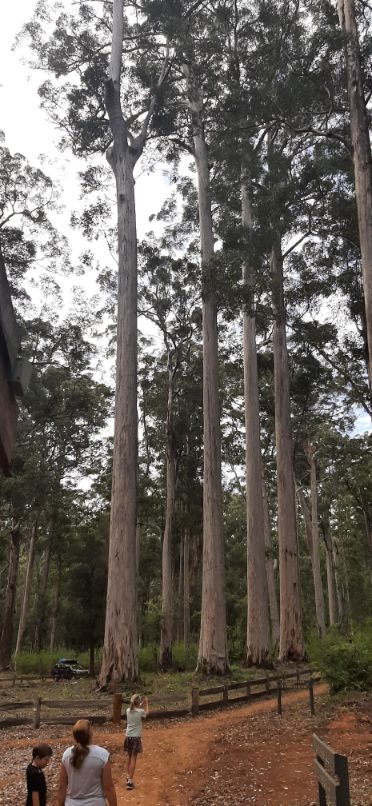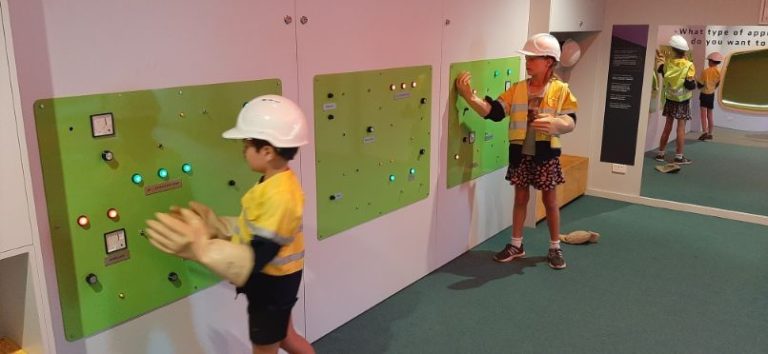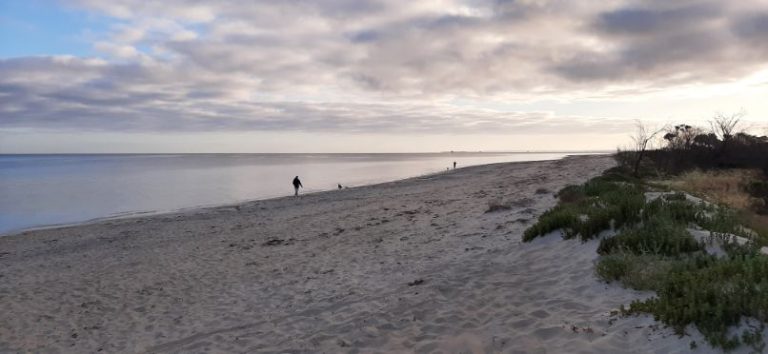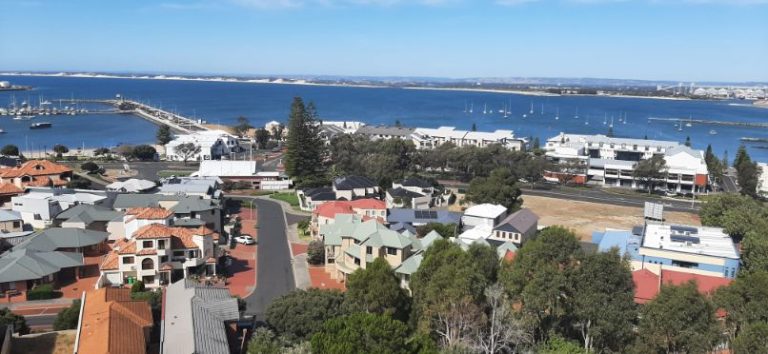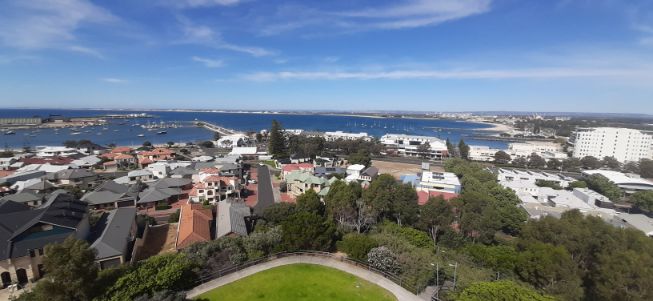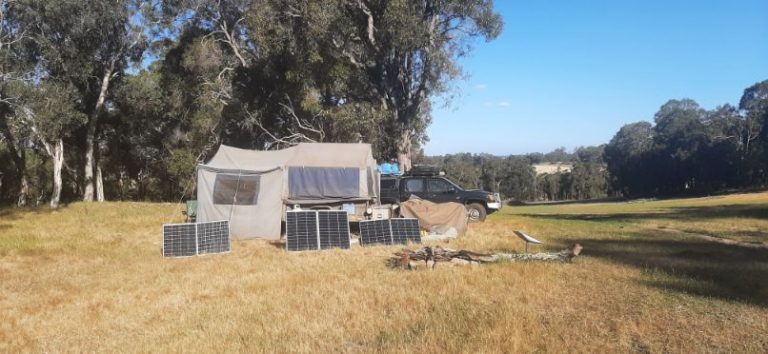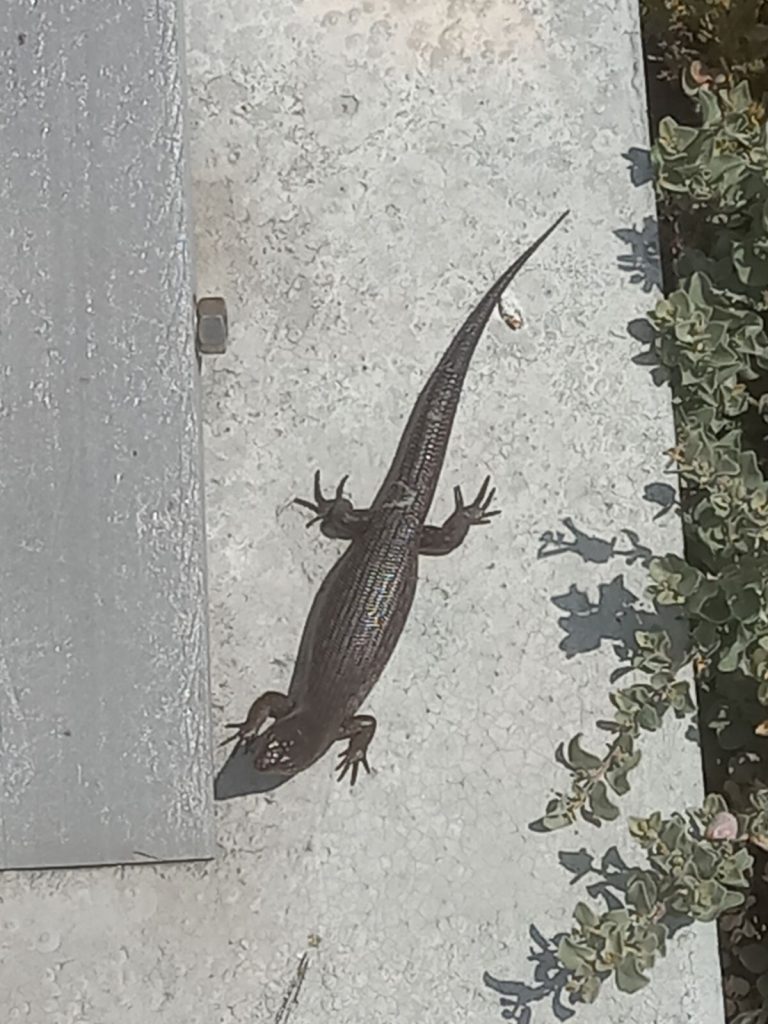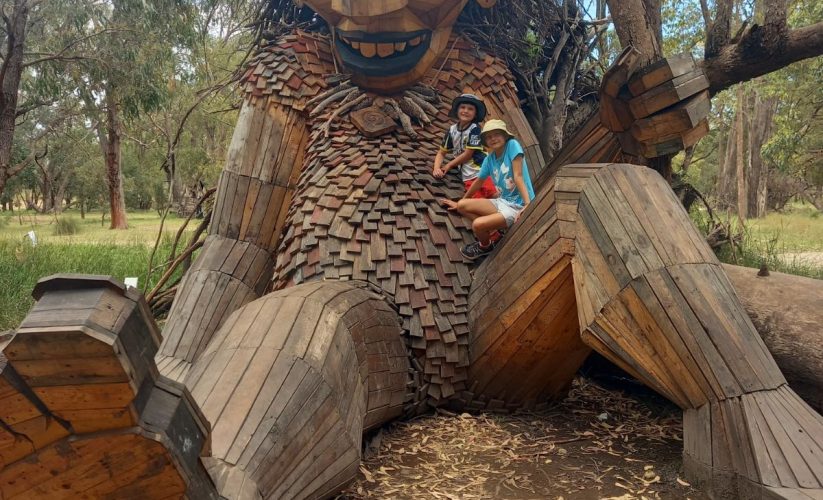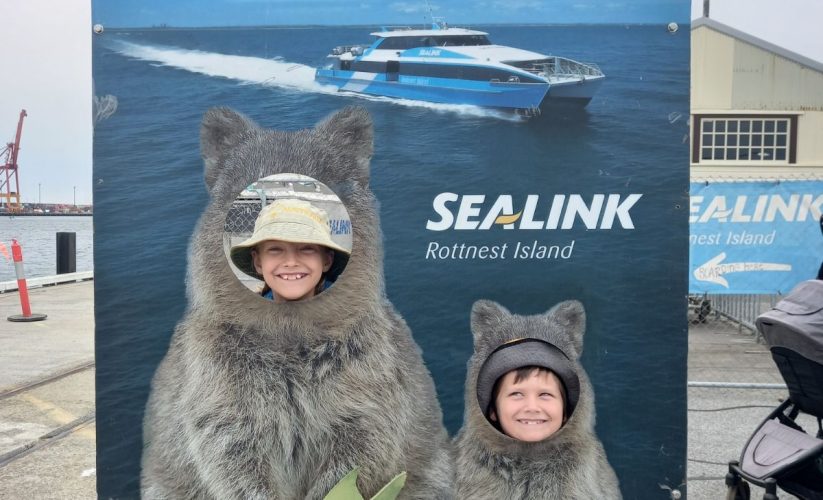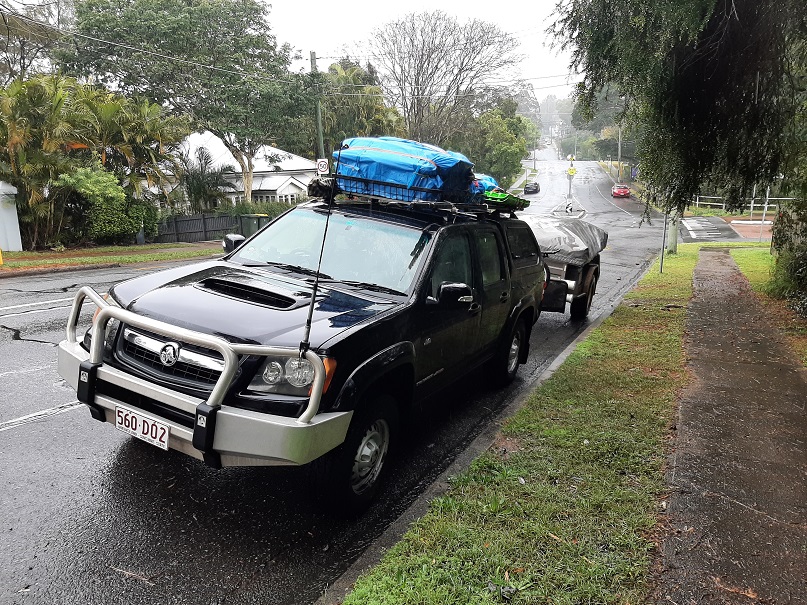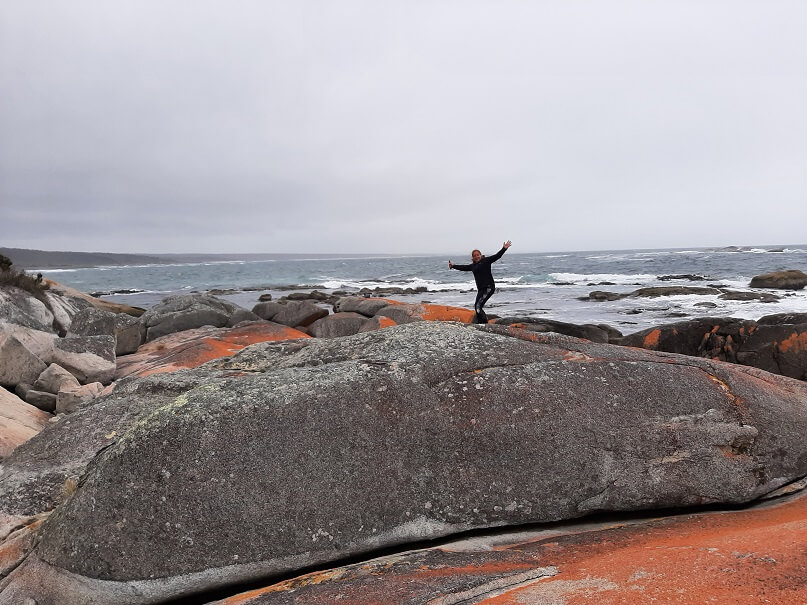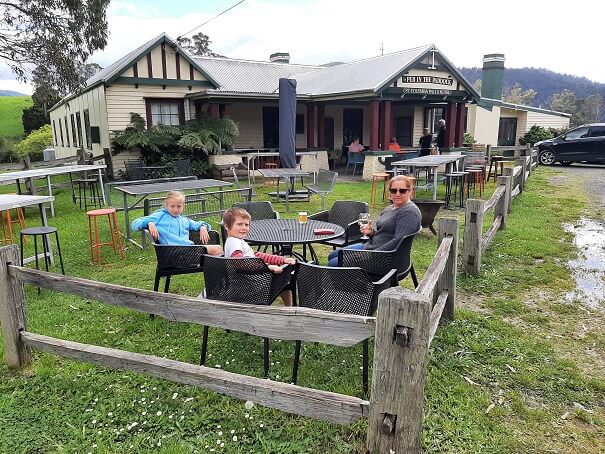The Wheat Belt
- November 9, 2023
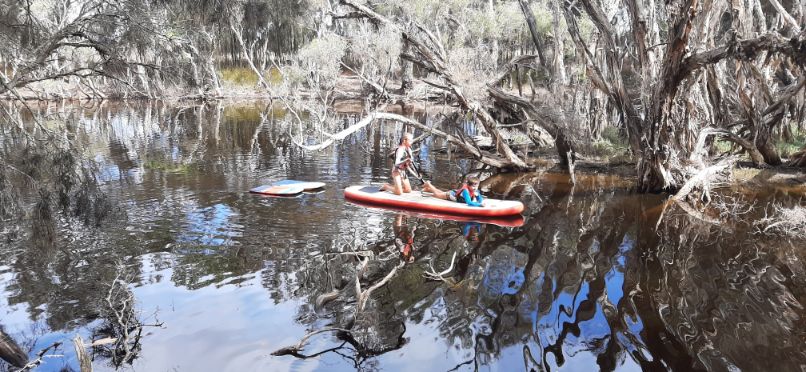
We’ve slowed down quite a bit since we hit Perth, and it has made a big difference to our lifestyle. Moving house twice a week for a couple of months wore a bit thin at the end and having a few slower weeks has certainly bucked me up a bit.
Since leaving Perth we have been aiming to move every five or six days, and mostly that has been achievable.
We started in The Avon Valley at Toodyay and explored the local towns and the general scene in the north-western part of the wheatbelt, and Sarah has reported well on that. From there we headed south to Heron Point, where I barely lifted my head from trying to manage the various assignments which were all due while we were there. There have been a fair few job applications going in too, and they are always time-consuming.
In the meantime, our journey continues, and after Heron Point we found ourselves in Lane Poole Reserve. Since I hadn’t had any time to figure out where we were heading prior to getting there, it was all a surprise to me, and a very pleasant one at that.
The campsite we had was shady and peaceful and people-free. It may be a surprise to those who haven’t been there, but when you’re in the remote parts of WA, generally the camping options are relatively few, and so you always end up camped with heaps of other people, mainly retirees. Busy campgrounds is not really our scene, but for various reasons (dog, camper trailer) we are limited with the places we can choose. Also, in some areas, there simply are no choices.
Anyway, the people-free action was great, and by the time some people came in, to camp nearby, we were OK with it. Lane Poole Reserve is mainly a re-growth jarrah forest, and being only about 90 minutes from Perth, it is a Mecca for mountain-bikers and hikers and swimmers and motorcyclists and campers and any other people who generally like doing out-doorsy stuff. That describes us pretty well, and we had a great family walk on our first outing there. The dog is welcome and has not often been at other places when we have wanted to go for hikes in the bush, so it has been rare that we all get to walk together.
On another day, we inflated the paddle board, and Sarah and the kids mucked around for a few hours in Lane Poole, which is a beautiful waterway (I was catching up with work, and job applications).
One day Sarah wanted to go for a longer walk, and the kids were not up for it, so I took them mountain biking instead. This turned out to be a bit of a disastrous idea, since as a first-time effort for the kids, the track we ended up on was a bit challenging, and Heidi had a horrible stack. I got to watch it in slow motion and then take the injured party and Hamo back through the bush with three bikes. Luckily we hadn’t gone too far from camp, and soon after we got back Sarah showed up with the main first aid kit(we have a few different kits that we hike with – mainly with snake bandages in them, but snake bandages were of no help to Heidi). We got Heidi patched up and thankfully nothing was broken, and now she seems to be fine.
On the last day there, Sarah really wanted to do the 18km King Jarrah loop walk, which was advertised as needing 6 hours. I took the kids and dog and the pile of laundry to Waroona while she did that. Typically, Sarah banged out the walk in 4.5 hours, so I ended up being a bit late to pick her up. She highly recommended the walk to me, so at about 2pm she dropped me down the road and I gave it a crack. It was a great walk through a variety of landscapes – firstly along The Murray River (WA) and then into the regrowth jarrah forest, past the King Jarrah (pretty big 400 year old tree) and up the hills onto the flat , and winding around the variety of scrub. I saw very little wildlife, but I made pretty good time and got in before dark.
From Lane Cove Reserve we headed South towards Kojonup. Sarah had found a few free camps in the area, and we had chosen the closest to town when making plans. When we got there, though, it seemed not so good, but luckily Sarah had two back up plans, and we investigated them both before deciding to camp at Woodanilling reserve.
The campsite here was excellent, although at times there were hoards of flies and other times there were clouds of mosquitos. Nothing we couldn’t deal with. A smoky fire would have helped, but we’re in a total fire ban region now, and will be until we get home basically, so campfires are a no-go.
This might surprise some people too, but I think over the course of all of our camping we have had about 25 fires, and only about 10 of them that were any good for cooking. This wasn’t what I was expecting when we left home, and it has impacted the variety of the meals that we have – a small two burner gas stove has its limitations.
From our Woodanilling home we explored Konjonup and the nearby towns of Woodanilling and Katanning. We had originally planned on five nights, but there wasn’t a great deal to do, so we cut it back to four and moved on to a paddock near Boyup Brook where we stayed for five nights. For the record, if you’re planning to rejuvenate your small home town with an historic walk to draw in the tourists, it is better to have actual historic buildings and things to see – the site of the school built in 1875 and destroyed by fire in 1912 isn’t really very interesting (it can also be described as a vacant lot, or sometimes a house built in 1972). Kojonup historical walk had a few of those sites in it (but it was still not as bad as Mundaring).
These places are not far apart, but the countryside is quite different. In the area around Kojonup it was quite dry, and not heavily treed. It reminded me of the Western Downs in Queensland. Boyup Brook was also quite like that, and the town itself was dry (and unappealing to me).
Ten kilometers down the road towards Bridgetown and we were in the green again, with broad paddocks of wheat interspersed with sheep and cattle grazing. In between the cleared areas were tall forests of jarrah or karri trees. It was a very pleasant five nights that we spent there, exploring the local towns and the forests where we could (this time the karri trees were the main attraction).
Here we also had the main event of the Australian spring – Hamish’s birthday – and I think we had all been looking forward to it for some time. Hamish has many favourite aunties and grandparents and so the festival of Hamish was well funded. Last year we were hearing about the planned trip to MacDonalds for quite a few weeks before his birthday. This year it was all about the pub lunch he was after (no interest in Maccas, which I guess is a win, but I am not sure about my parenting when my 9 year old wants to go to the pub for his birthday). Fortunately he is not interested in beer, but more interested in the hot chips and the lemonade that the kids get whenever we get to go to a dog friendly establishment (which has been far more often than I thought it would be).
We had previously explored Bridgetown, Greenbushes(lithium mine), Manjimup (power museum) and Nannup (pub and brewery), and had decided on the Nannup Brewery as the venue of choice for the main festival event. The birthday was on a brutally hot day, and while I was fine (beer was keeping me cool), everyone else was wilting after we’d finished our lunch (dog was probably the worst effected), so we continued the celebrations down at the local river, where everyone had a good long swim.
Hamish’s birthday was our last day in the sheep paddock, and we moved on to our next destination, which is where we are currently – Busselton. It is our first time back in a caravan park for more than a month, so being around the other people is a bit of a shock, but it is also good to get the washing done without having to drive 100km, and the long hot showers are a nice change. Being back on the coast is also good, and the morning walks so far have been excellent. I will need to report more when we have been here a while longer.
